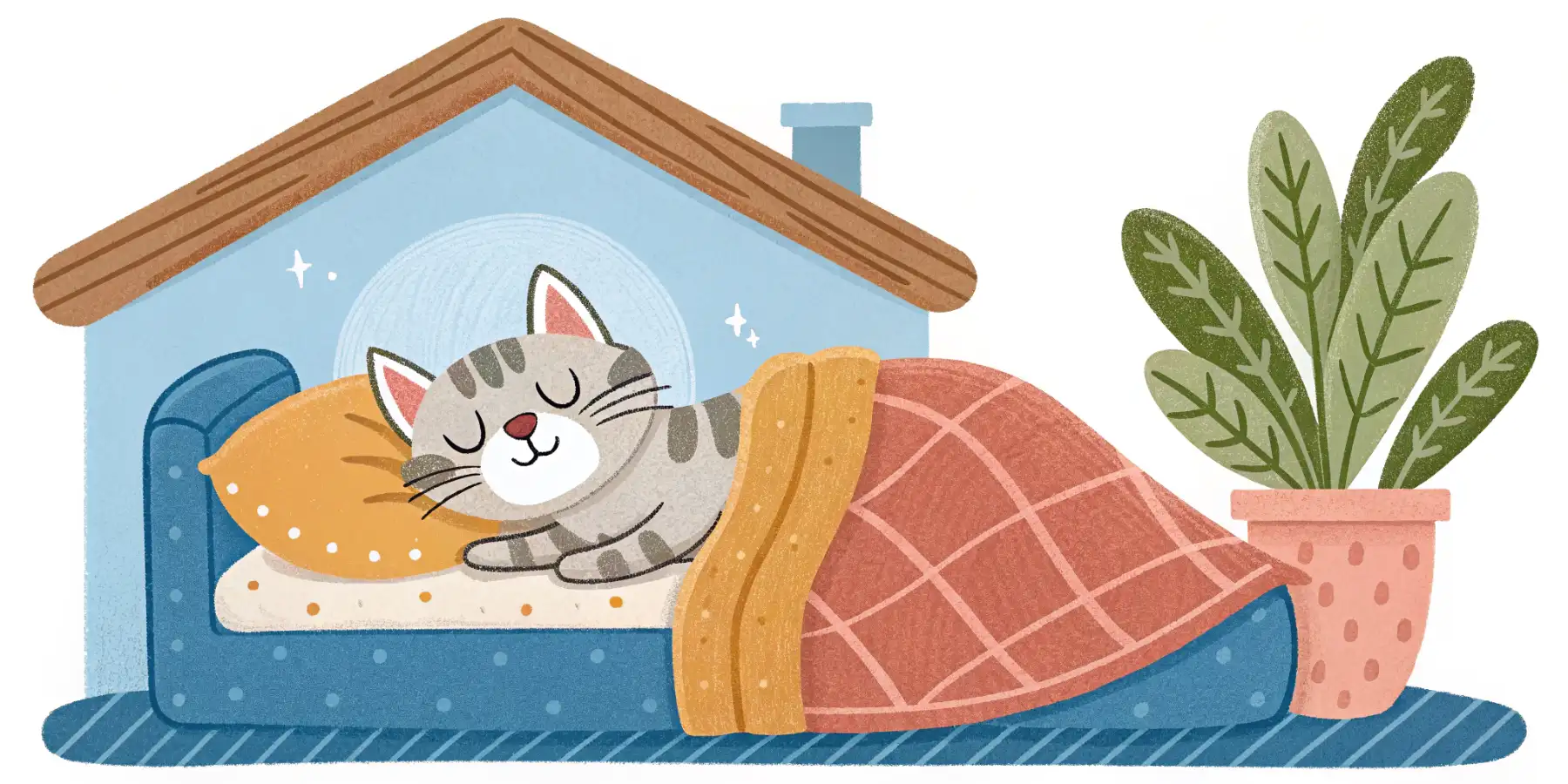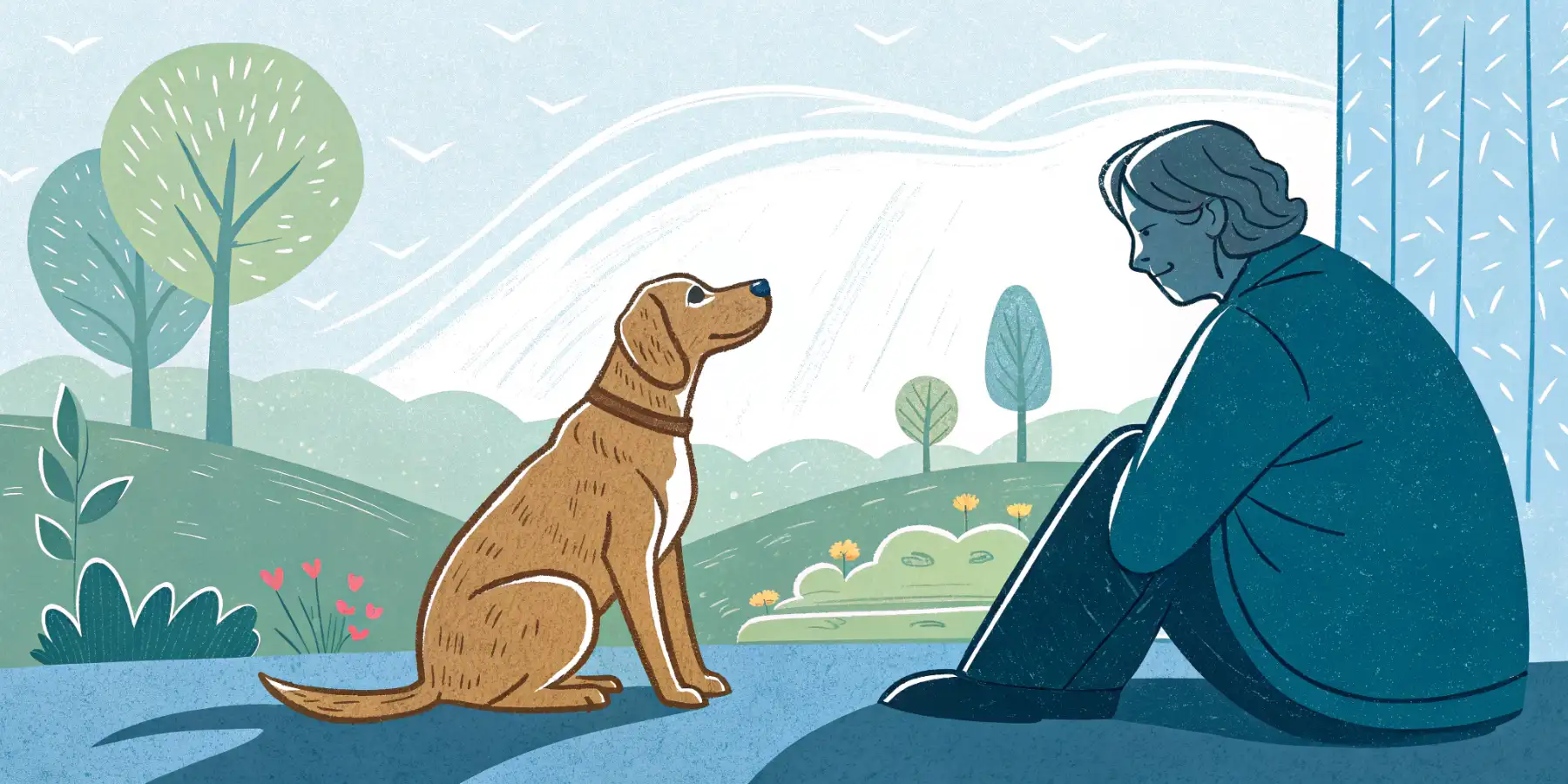
Adult Cat Changes: A Complete Guide
Is your kitten growing up? 🤔 Learn all about adult cat changes in behavior, health, and more! Get ready for a purr-fectly happy life!
From Kitten to Cat: Understanding the Changes in Your Adult Cat
Ah, kittens. Those tiny balls of fluff, boundless energy, and razor-sharp claws. They melt our hearts and wreak havoc on our furniture in equal measure. But as any seasoned cat parent knows, those adorable kitten days are fleeting. Sooner than you think, your tiny terror will transform into a sophisticated (or at least, slightly less chaotic) adult cat.
But what exactly changes as your kitten transitions into adulthood? And how can you best support your feline friend through this important stage of life? Let’s dive in and explore the fascinating world of the maturing feline!
The Age of Maturity: When Does Kitten Become Cat?
Technically, cats reach adulthood around one year of age. While they may still exhibit playful behaviors and retain some kitten-like charm, their growth spurts have largely ended, and their nutritional needs shift to those of an adult animal. However, just like humans, cats mature at different rates. Some may appear more “grown up” around nine months, while others might retain their kittenish antics well into their second year. Pay attention to your cat’s physical and behavioral cues to gauge their individual development.
Physical Transformations: From Tiny Paws to Sleek Stride
The most obvious changes occur physically. During their kittenhood, they experience rapid growth, doubling and tripling in size within weeks. As they transition to adulthood, this growth slows down significantly.
- Size and Weight: Expect your cat to reach its full adult size, although some breeds continue to fill out slightly until they are two or three years old. Keep a close eye on their weight, as adult cats are prone to weight gain if not fed appropriately. I always recommend measuring your cat’s food carefully and avoiding free-feeding to help maintain a healthy weight.
- Coat: The soft, downy fur of a kitten will gradually be replaced by the sleeker, more textured coat of an adult cat. Shedding patterns may also change, so invest in a good brush!
- Teeth: By the time your cat is around six months old, they’ll have all their adult teeth. Regular dental care becomes crucial at this stage to prevent dental disease, a common issue in adult cats.
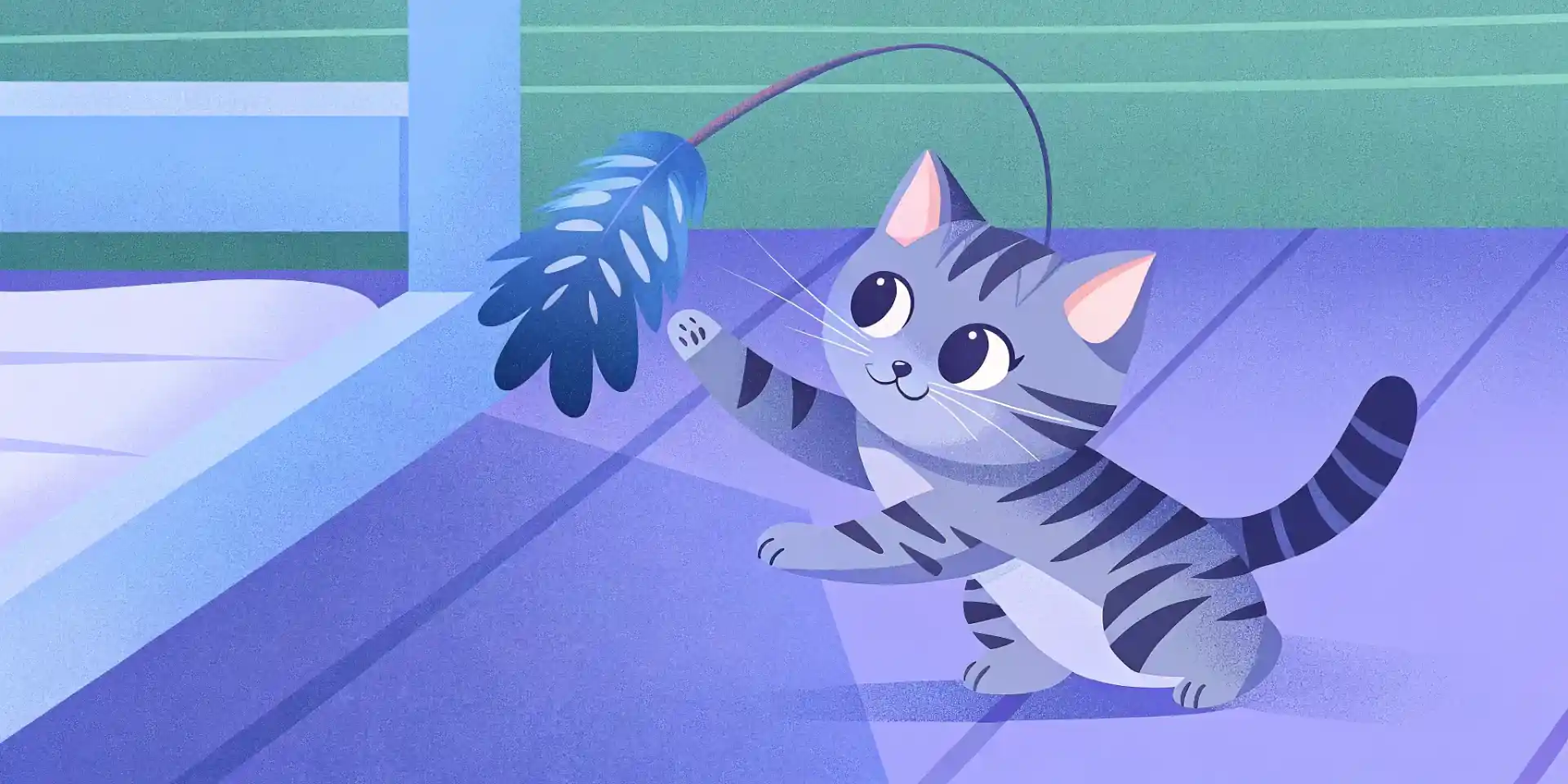
A playful tabby kitten enjoying a feather toy. Remember these days?
Behavioral Shifts: From Chaos to… Slightly Less Chaos
Perhaps the most noticeable changes are behavioral. The boundless energy of a kitten eventually mellows into a more relaxed and predictable routine.
- Playfulness: While adult cats still enjoy play, the frantic bursts of energy seen in kittens often become less frequent and more controlled. Introduce interactive toys and puzzle feeders to keep them mentally stimulated.
- Sleep Patterns: Adult cats tend to sleep more than kittens. Don’t be surprised if your once-rambunctious kitten starts spending a significant portion of the day napping in sunbeams.
- Territoriality: Adult cats, particularly those who are not spayed or neutered, may exhibit increased territorial behavior, such as spraying or marking. Spaying or neutering can help mitigate these behaviors, but providing plenty of vertical space (cat trees, shelves) can also reduce stress and competition.
- Independent Behavior: You might notice your adult cat becoming more independent. They may still enjoy cuddling and attention, but they’re also perfectly content to entertain themselves. In my experience, this is often misinterpreted as the cat not liking you anymore, but it’s just their natural inclination towards independence.
Nutritional Needs: Fueling the Adult Feline
A kitten’s high-calorie, high-protein diet is designed to support rapid growth. As they transition into adulthood, their nutritional needs change.
- Switching Foods: Gradually transition your cat from kitten food to adult cat food around the age of one year. This will help prevent digestive upset. Look for a high-quality adult cat food that is appropriate for their activity level and health status.
- Portion Control: Obesity is a major health concern in adult cats. Carefully measure their food and avoid free-feeding. Consult with your veterinarian to determine the appropriate calorie intake for your cat.
- Hydration: Ensure your cat always has access to fresh, clean water. Consider adding wet food to their diet to increase their water intake. Some cats prefer drinking from a fountain, so that’s an option too!
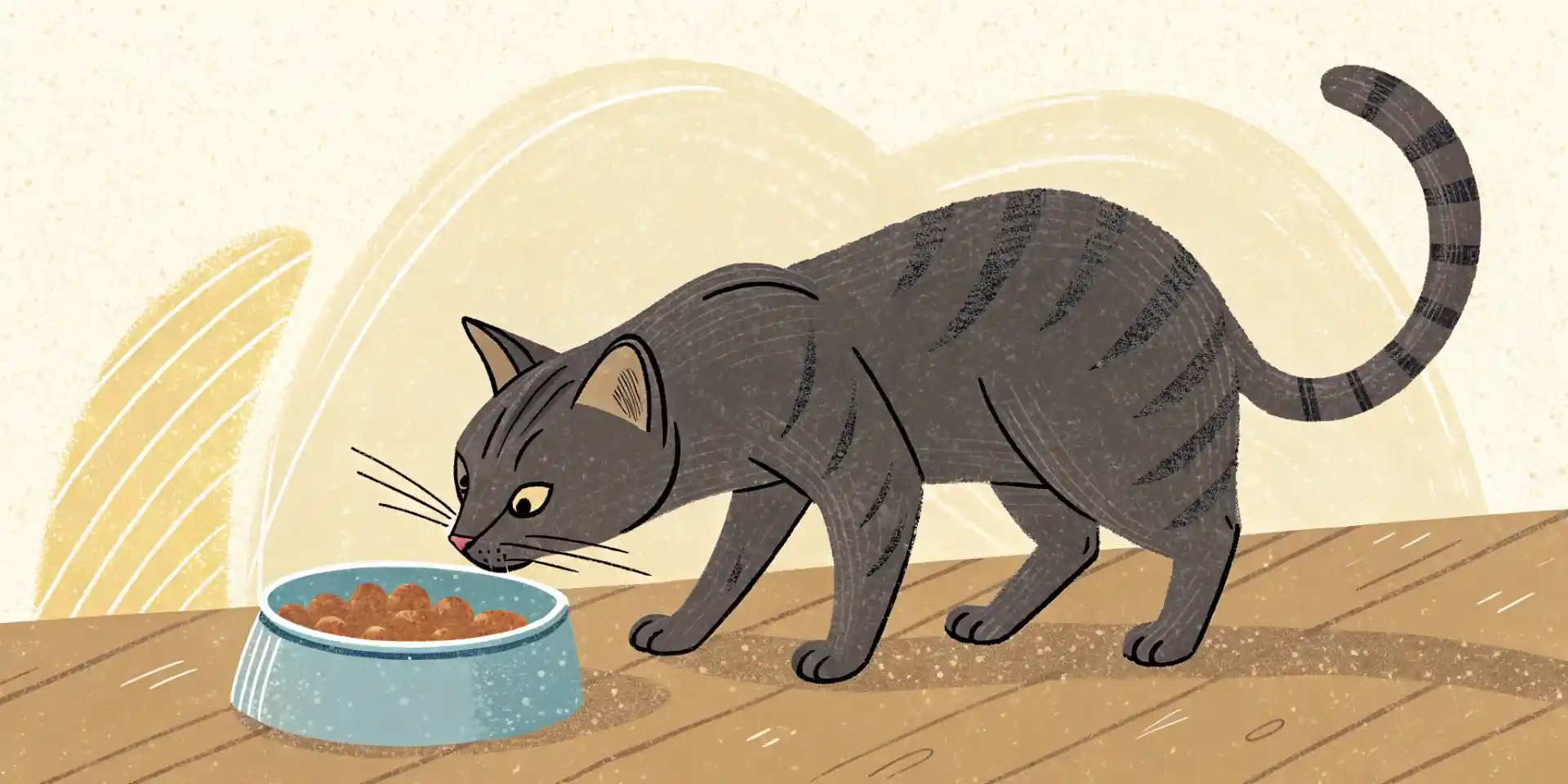
An adult cat devouring a delicious serving of wet food. Wet food helps maintain hydration.
Health Considerations: Proactive Care for a Long and Happy Life
Adult cats are prone to certain health issues that are less common in kittens. Regular veterinary checkups are crucial for early detection and prevention.
- Dental Disease: As mentioned earlier, dental disease is a common problem in adult cats. Regular dental cleanings and home dental care (brushing, dental chews) can help prevent this.
- Kidney Disease: Chronic kidney disease is another common ailment in older cats. Early detection through regular bloodwork can help manage the disease and improve your cat’s quality of life.
- Diabetes: Obesity is a major risk factor for diabetes in cats. Maintaining a healthy weight through proper diet and exercise is essential.
- Hyperthyroidism: This endocrine disorder is more common in older cats. Symptoms include weight loss, increased appetite, and hyperactivity. Your veterinarian can diagnose and treat hyperthyroidism with medication, surgery, or radioactive iodine therapy. I believe that yearly bloodwork is essential for early detection of many diseases common in adult cats, including Hyperthyroidism.
Creating a Happy and Healthy Home for Your Adult Cat
The transition from kitten to cat is a rewarding experience. By understanding the physical, behavioral, and nutritional changes that occur during this stage, you can provide your feline friend with the best possible care.
- Provide Enrichment: Continue to provide plenty of toys, scratching posts, and climbing opportunities to keep your cat mentally and physically stimulated.
- Maintain a Routine: Cats thrive on routine. Stick to a consistent feeding schedule, playtime, and bedtime.
- Schedule Regular Veterinary Checkups: Regular checkups are essential for early detection and prevention of health problems.
- Show Your Love and Affection: Despite their independent nature, adult cats still need love and attention. Spend quality time with your cat, whether it’s cuddling on the couch or engaging in a playful game of chase.
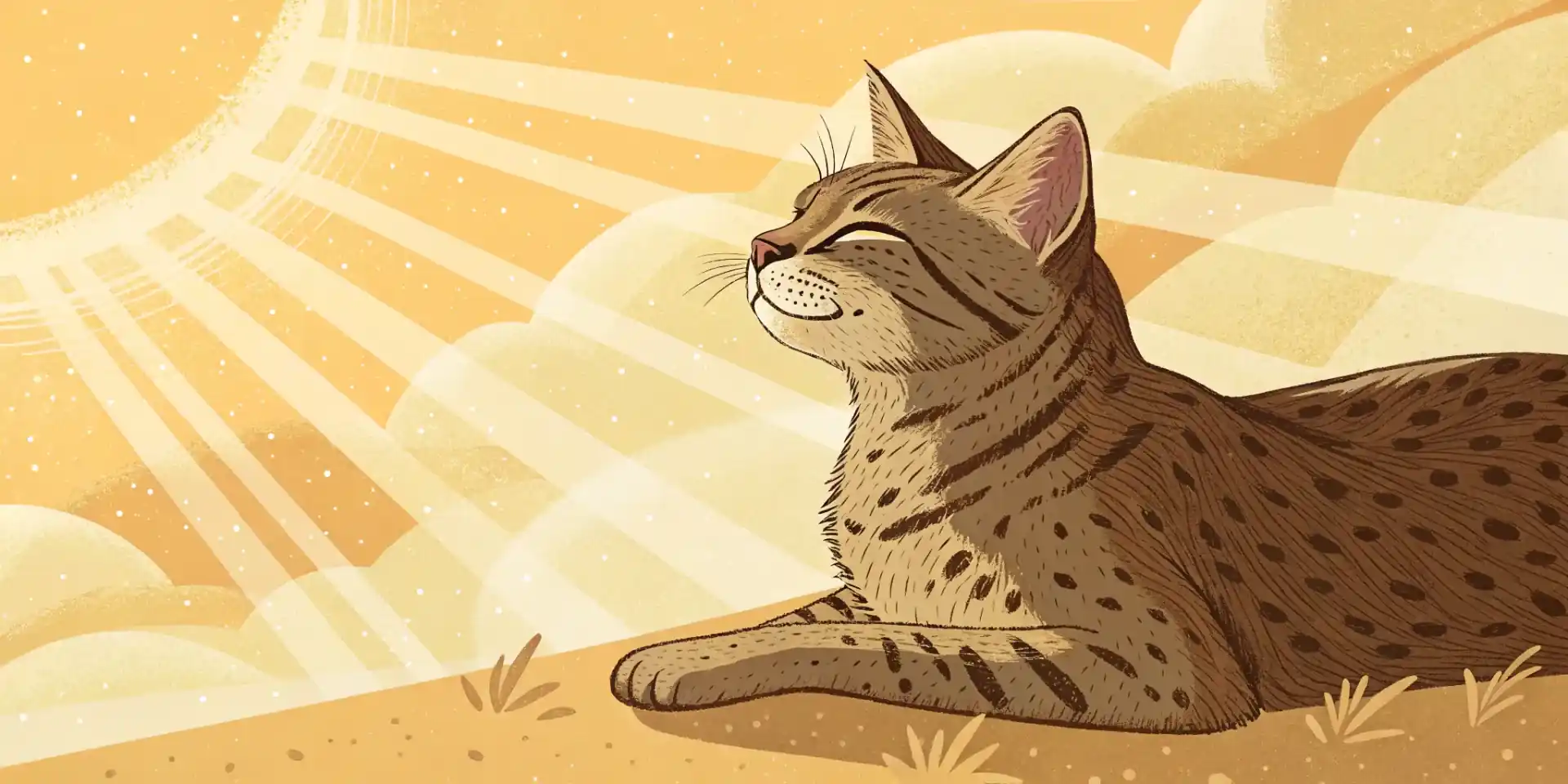
A peaceful adult cat enjoying a sunny nap. A comfortable environment is key to a happy cat.
The most important thing is to pay attention to your cat’s individual needs and adjust your care accordingly. By providing a loving, supportive environment, you can help your cat thrive and enjoy a long, happy, and healthy life. Don’t forget to research best ways to manage cat shedding to keep your home and cat comfortable. And if you notice any changes in your cat’s behavior or health, don’t hesitate to consult with your veterinarian. They are your best resource for ensuring your cat receives the best possible care. Remember to ask your vet about specific dietary needs for an aging cat during your regular checkups. Understanding how to enrich the life of an indoor cat is crucial for their mental and physical well-being. And learn the signs of stress in your cat to proactively address any potential issues.
